Weathered hands fill a wall of the Pera Museum in Istanbul as they weave reeds into intricate spirals, each strand representing a new interconnection within a family, or a community. When reeds were scarce during drought, the artisans – Aboriginal Australian women – ‘would use anything they could find – hemp, string, fabric’, an anthropologist explains. ‘What was important was to keep weaving, to keep telling these stories.’ Both the weaving and the narration are part of a two-channel video installation by Angela Melitopoulos, Matri Linear B – Surfacing Earth (2021), which ties together many of the threads running through the 17th Istanbul Biennial as a whole.
Curators Ute Meta Bauer, Amar Kanwar and David Teh have demurred from giving their biennial a theme. Instead they pose a series of questions: what can a biennial do in times of social, environmental and economic crisis? How does the world look through different eyes? Can an artwork exist if nobody looks at it? How can we find ways to live together?
Many of these preoccupations stem from the Covid-19 pandemic, which shadowed almost the entire creation of this biennial and delayed for a year its public presentation, originally scheduled for 2021. The turning-inward experienced by many during this period is reflected in a biennial with few immediately arresting visuals and many works created over an extended period of time – and demanding a similar investment from the viewer.
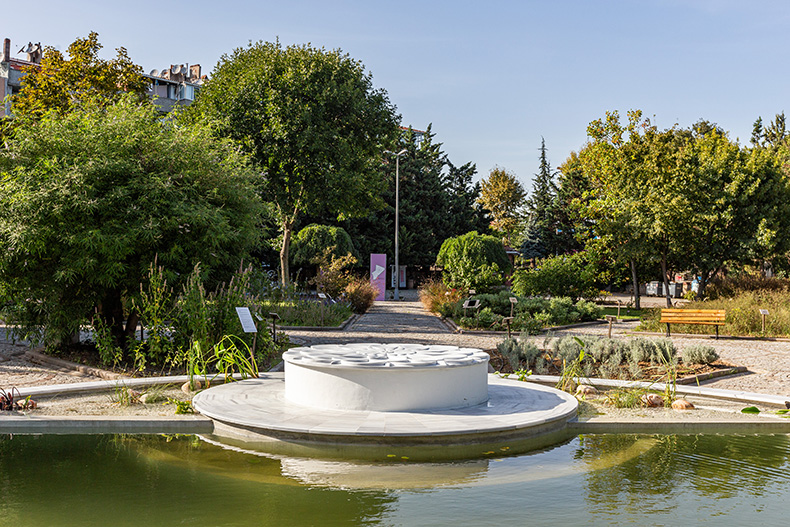
Nelumbo, an Aquatic Garden with Lotus (2022), Mariah Lookman. Photo: Sahir Ugur Eren
By contrast, the selection of 12 venues scattered around central Istanbul is meant to spur visitors to seek out public spaces – and each other. ‘We wanted to disperse the ideas of the biennial, like throwing seeds out into different parts of the city,’ says biennial director Bige Örer. Reflecting different aspects of Istanbul’s multi-layered past, the sites add their own resonances to the works displayed within them. The works reverberate from one location to the next.
The Zeytinburnu Medicinal Plants Garden, located near several historic hospitals and cemeteries, has been selected as a permanent home for Mariah Lookman’s site-specific installation. The artist envisioned her Nelumbo, an Aquatic Garden with Lotus (2022) as ‘a work of healing in these fragile times’, according to Örer. A green oasis amid a growing sea of concrete, the Zeytinburnu garden evokes the centuries-old market gardens and orchards that once covered broad swathes of Istanbul. Orkan Telhan aims to recreate a vestige of one of those lost market gardens with Yenikapı’s Museums, his book project and installation at Müze Gazhane, a 19th-century gasworks.
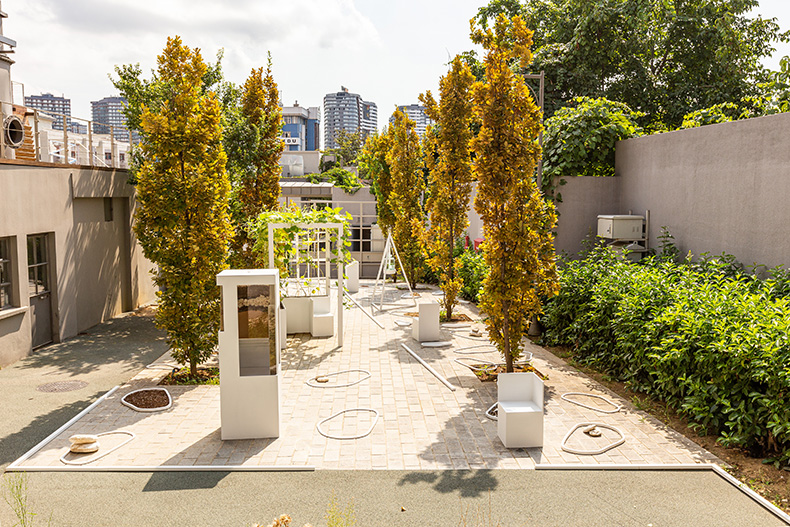
Yenikapı’s Museums (2022), Orkan Telhan. Photo: Sahir Ugur Eren
Absences and loss are also at the heart of Leyla Keskin’s video work Şîn (2022) at Müze Gazhane. In it, the artist performs mourning rituals for river species being driven to extinction by the Ilısu Dam, an infrastructure project in south-eastern Turkey that also submerged the village where Keskin was born. Similarly, Lida Abdul’s video work Clapping with Stones (2005) shows Afghan men mourning the Taliban’s destruction of the Buddhas of Bamiyan. That work, installed in a corner of the Syrian-run cultural space arthereistanbul, in turn finds echoes in Reetu Sattar’s Lost Tune (2018). In Sattar’s video at the Barın Han venue, musicians playing sustained droning tones on multiple harmoniums evoke the trauma of violent upheavals in the artist’s native Bangladesh.
Other biennial artists also use sound to compelling effect. Carlos Casas’s sonic and visual composition Cyclope (2022) pounds into the body as the viewer moves further into a darkened approach tunnel for the Taksim Square metro station. And, at Pera Museum, Irwan Ahmett and Tita Salina’s The Call of Fragility invites visitors to growl, scream or cry into a brass funnel as part of their multimedia installation, which also includes a display in the style of an archaeological museum that points to the destructive effect of humanity on the natural world.
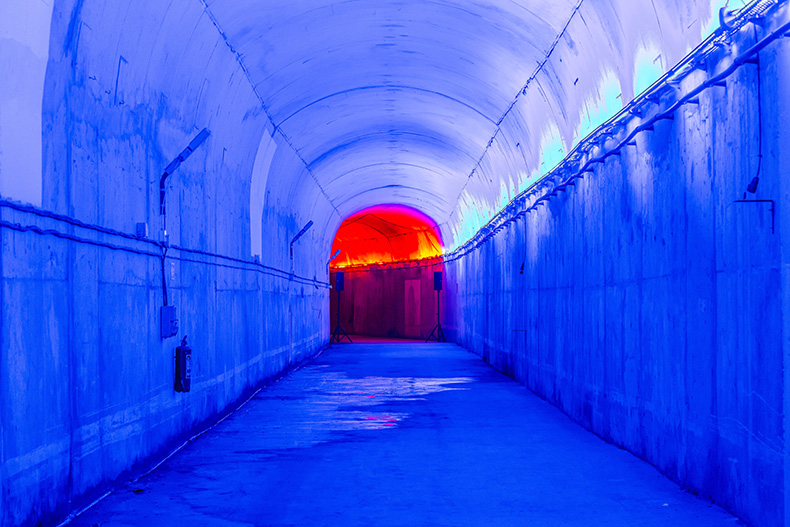
Cyclope (2022), Carlos Casas. Photo: Sahir Ugur Eren
With its two looping audio-video tracks of breaking glass, Turkish artist Gülsün Karamustafa’s Insecure (2022), also at Pera Museum, recalls in particular the glass smashed all around the museum’s neighbourhood during the pogrom targeting Greeks and other non-Muslims in Istanbul in 1955.
Ottoman Greeks, known as Rum, were once a significant part of Istanbul’s cultural mosaic: the Pera Museum building was designed by a Rum architect. But pressures on the community have left it so diminished that many of its former institutions stand locked up and empty. One reopened specifically for this biennial is the Central Greek High School for Girls, which hosts Marco Scotini and Can Altay’s Disobedience Archive. Their collection of video footage of resistance movements around the globe plays among the many images of Turkey’s founder Mustafa Kemal Atatürk that still adorn the old school, evidence of the Greek community’s self-preserving need to demonstrate loyalty to the state and adopt the mantle of ‘Turkishness’. The pairing results in one of the biennial’s most powerful relationships between work and venue.

Disobedience Archive (2022), Marco Scotini and Can Altay. Photo: Sahir Ugur Eren
The curators posit, however, that the true success of the biennial hinges not on how visitors respond to the artworks on display, but on what happens after the works are taken down. ‘We wanted to develop new relationships and conversations that can exist outside the exhibition spaces and after the biennial is over,’ Kanwar commented at the event’s opening press conference. This ethos has translated into the selection of numerous long-term projects embedded in local communities, such as the Indigenous University in the Andean Amazon and a Silent University whose instructors are displaced academics.
Though they avoided designating a theme for this biennial, the curators did identify a working method of ‘compost’, a metaphor Teh explains at the opening. ‘Some things need their own time and space,’ he says. ‘We’re bringing things together but we also need to leave them alone – this idea gives this biennial its character.’
The 17th Istanbul Biennial is at various venues, Istanbul, until 20 November.
Unlimited access from just $16 every 3 months
Subscribe to get unlimited and exclusive access to the top art stories, interviews and exhibition reviews.

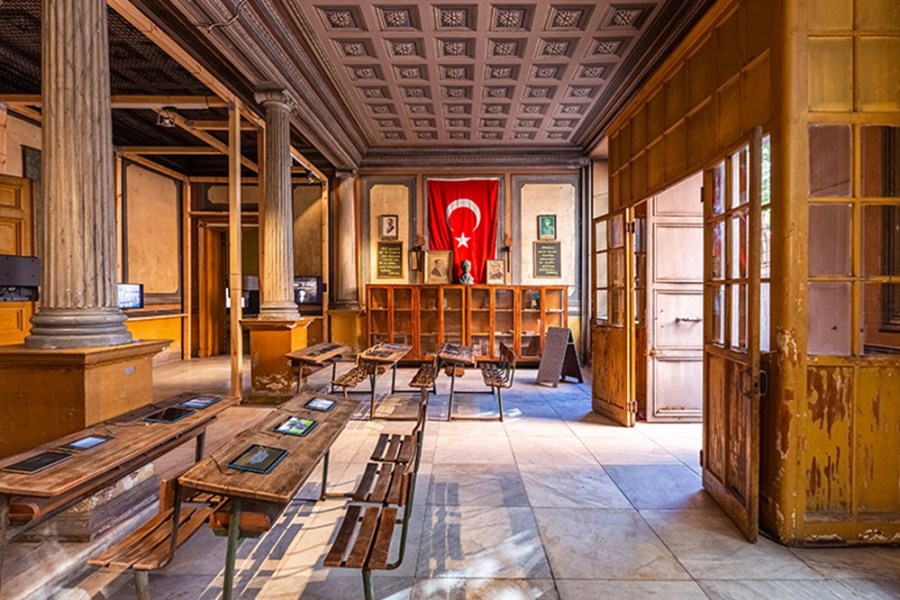
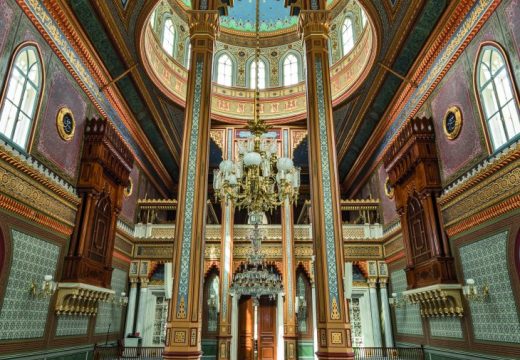
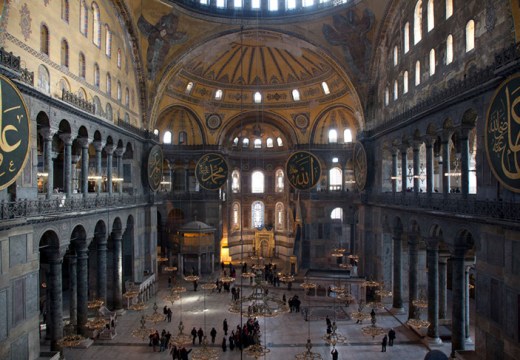
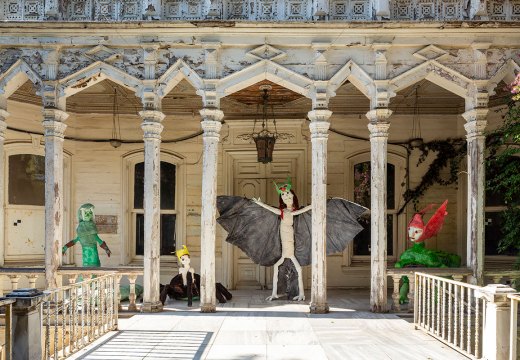









![Masterpiece [Re]discovery 2022. Photo: Ben Fisher Photography, courtesy of Masterpiece London](http://www.apollo-magazine.com/wp-content/uploads/2022/07/MPL2022_4263.jpg)
Has the Fitzwilliam lost the hang of things?